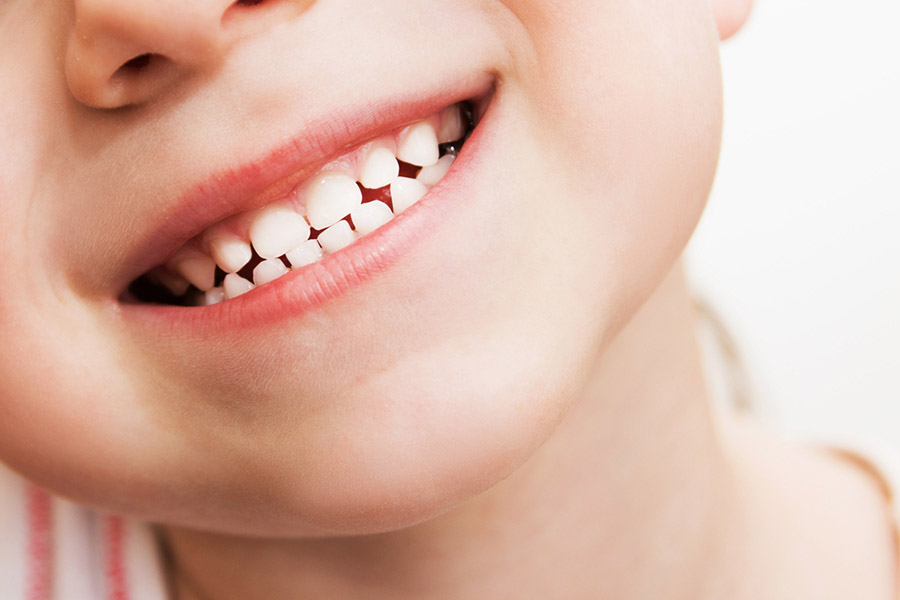
Many people think that milk teeth are not very important since the permanent teeth will take over their place. That makes them dispensable in a way. However, apart from being there during the early years, one of the key functions that milk teeth perform is acting as placeholders for the set of permanent teeth that will replace them. If they are lost early and adequate steps are not taken to preserve the space they occupied, problems may develop. This can include misalignment or even impaction of permanent teeth. As a child's permanent teeth erupt underneath the milk teeth, the roots of the milk tooth gradually dissolve.
This process serves two important functions:
It creates an eruption path for the permanent tooth to guide it into its proper position.
By keeping the milk teeth in place until the last stage of the eruption process, milk teeth act as a stabiliser that keeps the neighbouring teeth in place.
If milk tooth is lost prematurely, its stabilising influence is lost too. That means the permanent tooth may drift or tilt forward. This is a common occurrence. This change may also affect the positioning of teeth that bite against the molar teeth, as well as those near it. The lack of space prevents eruption of the permanent tooth into its proper position. In a worst case scenario, the erupting tooth may be prevented from erupting altogether.
In such a case, fortunately there is an appliance available called space maintainers that your dentist can give for your child.
How does a space maintainer prevent problems?
In those cases where the space resulting from the early loss of a milk tooth is at risk of being occupied by its adjacent teeth, a space maintainer can be provided. Wearing this appliance will preserve the space formerly occupied by the lost milk tooth. This will allow the permanent tooth to erupt in normal fashion and prevent the need for major corrective treatment (such as braces) later on. Depending on the location of the extraction site there are a variety of space maintainers from which to choose. Space maintainers are left in place until eruption of the permanent teeth.
What types of space maintainers are available?
Space maintainers come in two types: Removable and Fixed.
Removable ones are made of acrylic and use artificial teeth or blocks of dental material to keep the spaces. This device works better in older children such as those who are 8 years and older since they need to remove the appliance to clean and care for it.
Fixed maintainers are attached with dental cement and need not be removed on a day to day basis. These are more suitable for young children or those who have lost a back tooth. They can be fitted on the upper or lower jaw to maintain space for front or back teeth.
These appliances are custom-made. The dentist takes impressions of the patient's mouth, which are sent to a dental laboratory to manufacture the device. Space maintainers are typically made from acrylic, with loops or bands made from stainless steel wires to hold them in position.
What if I need to also add teeth and not just maintain space?
Early tooth loss in the front region will be a result of an injury or extraction of infected teeth. It may even interfere with speech if teeth loss occurs before speech development is complete. In such a case, it is better to replace anterior teeth by adding teeth to the space maintainer as lack of teeth may harm the child’s self-image and impede speech.
Oral care for appliances
It takes time for a child to adapt to wearing the space maintainer. During this time the dentist keeps an eye on oral hygiene, jaw growth and progression of the permanent teeth. The maintainer needs periodic adjustment. The child will have to brush daily with a fluoride-based product. He or she will need to avoid chewing gum, biting hard candy and fruits, and pushing or pulling the device with fingers or other objects. —[email protected]
(Dr Richa Raj is a practising dental surgeon at Pearly White Dental Centre, Al Khuwair.)